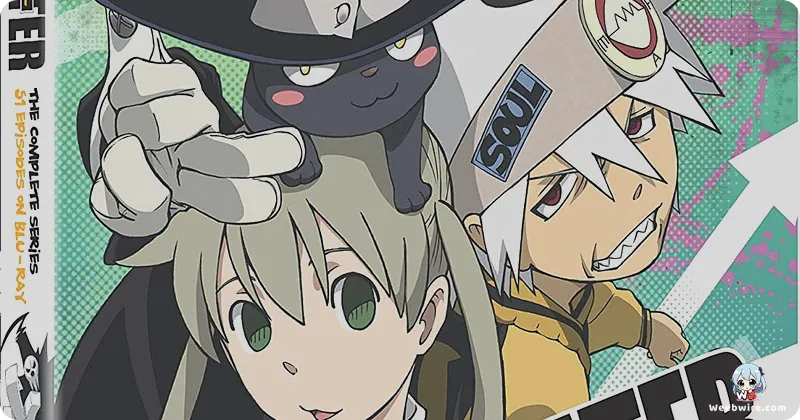Beyond the Scythe: Uncovering Soul Eater's Manga-Anime Splits and Fascinating Trivia

Atsushi Ohkubo's Soul Eater has captivated global audiences since its 2008 anime debut by Studio Bones. Celebrated for its vibrant action, dark fantasy, and quirky humor, the series introduced us to iconic characters like Maka Albarn and Soul Eater. However, a deeper dive reveals intriguing, lesser-known facts and significant narrative divergences that truly enrich its unique universe.
The Divergent Paths: Anime Versus Manga Endings
A paramount point of discussion among fans is the stark contrast between the anime's conclusion and Ohkubo's original manga. The anime, constrained by its production schedule, crafted an original ending where Maka courageously defeats the Kishin Asura through sheer will. This diverged significantly from the manga's more intricate, multi-year plot. The manga explored the Witch Order and Arachne Gorgon's schemes, culminating in a nuanced battle where Maka extensively utilized Soul's Black Blood, offering fans two distinct yet compelling narrative journeys.
A Masterpiece of Unique Artistry
Beyond plot, Soul Eater is instantly recognizable for its strikingly unique art style, masterfully translated by Studio Bones. Ohkubo's exaggerated proportions, sharp angles, and abstract backgrounds create a fantastical, unsettling world. This is brought to life through distinctive character designs like Death the Kid's meticulously symmetrical appearance or Excalibur's comically over-the-top persona. Death the Kid's obsessive symmetry isn't merely a gag; it's a core reflection of the series' delicate balance between order and chaos. Even the anthropomorphic sun and moon, with their exaggerated expressions, add a surreal layer of humor and narrative commentary.

The Heart of the Series: Meister and Weapon Partnerships
The series' backbone lies in its Meister and sentient Weapon partnerships, exploring profound themes of trust, growth, and mutual aspiration. Weapons like Soul Eater are not just tools; they are characters with their own arcs, striving for power and battling internal demons. Studio Bones, renowned for works like Fullmetal Alchemist and My Hero Academia, delivers visually stunning 'soul resonance' fight sequences, a testament to their exceptional animation prowess.
Beyond the Screen: Fascinating Details and World-Building
Fascinatingly, Maka Albarn was initially conceived as a male character, a creative decision that profoundly shaped the main trio's dynamics and established a powerful female lead. Legendary Excalibur, while formidable, is infamous for his demanding personality. He requires a 1,000-page essay for partnership, a brilliant satire on heroic archetypes. The world-building of Death City, influenced by Gothic and Art Deco styles, along with concepts like 'soul resonance' and 'Kishin eggs' rooted in mythology, provides an intellectual underpinning to the narrative. Soul Eater masterfully balances grim themes of madness and fear with laugh-out-loud comedy, ensuring its enduring legacy as a cult classic. These insights deepen appreciation for a series whose unique soul continues to resonate with enthusiasts.
Credits
Soul Eater
Author
Atsushi Ohkubo
Cover Art
Atsushi Ohkubo
Studio
bones
Publisher
Square Enix
Producers





